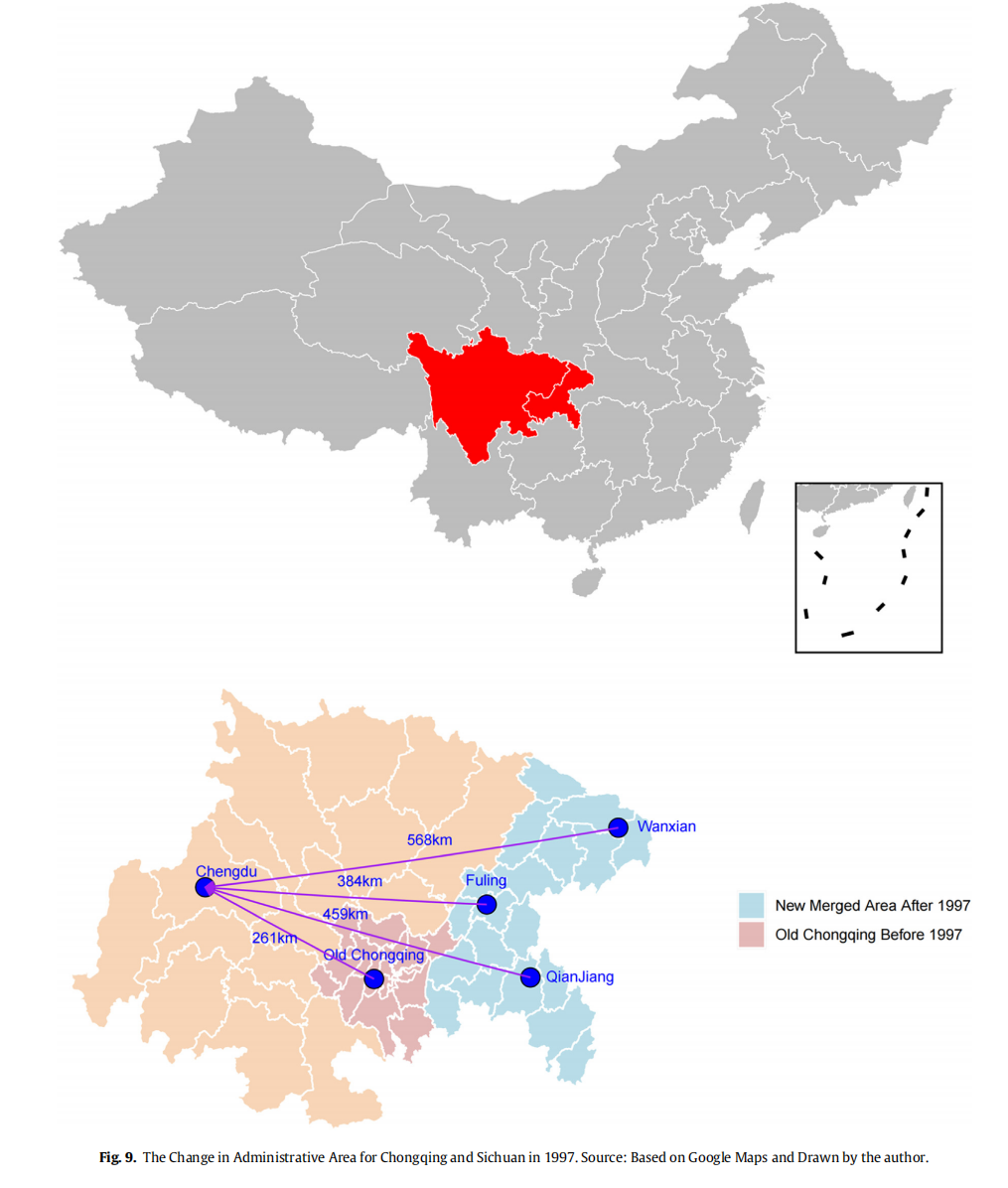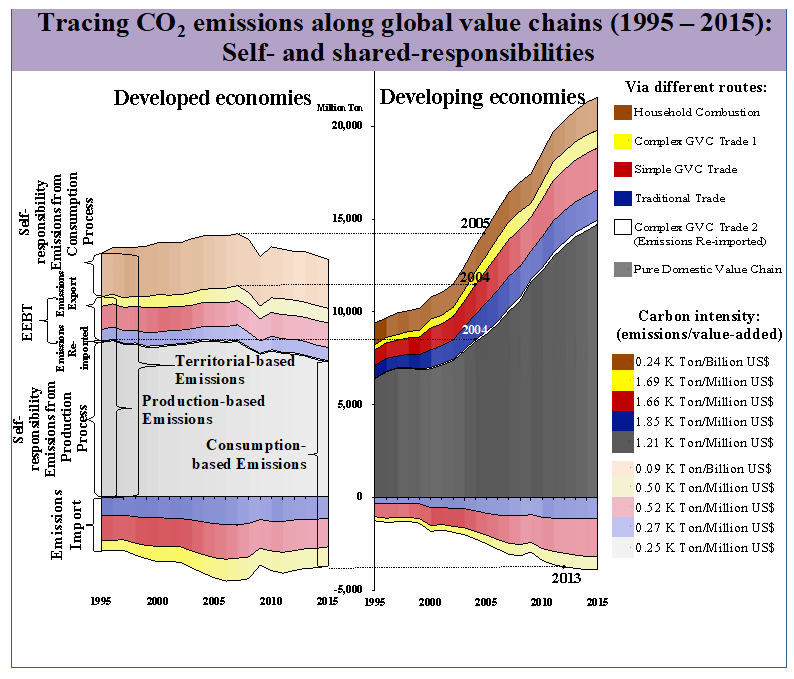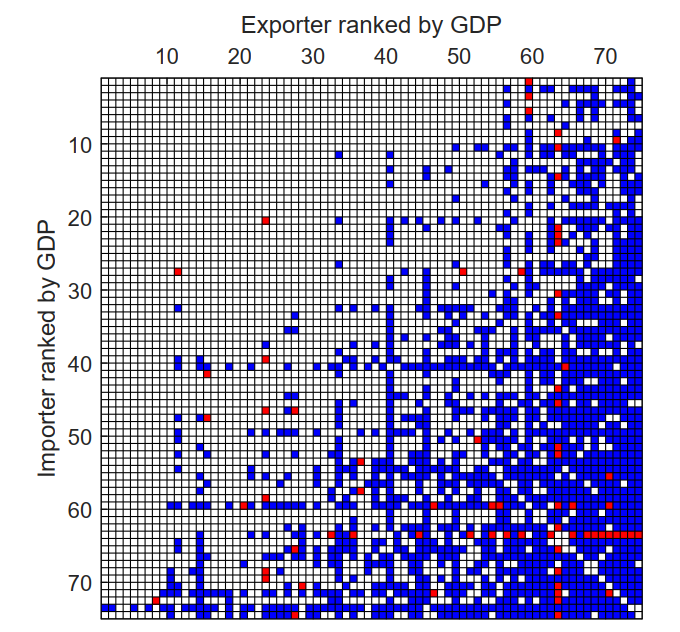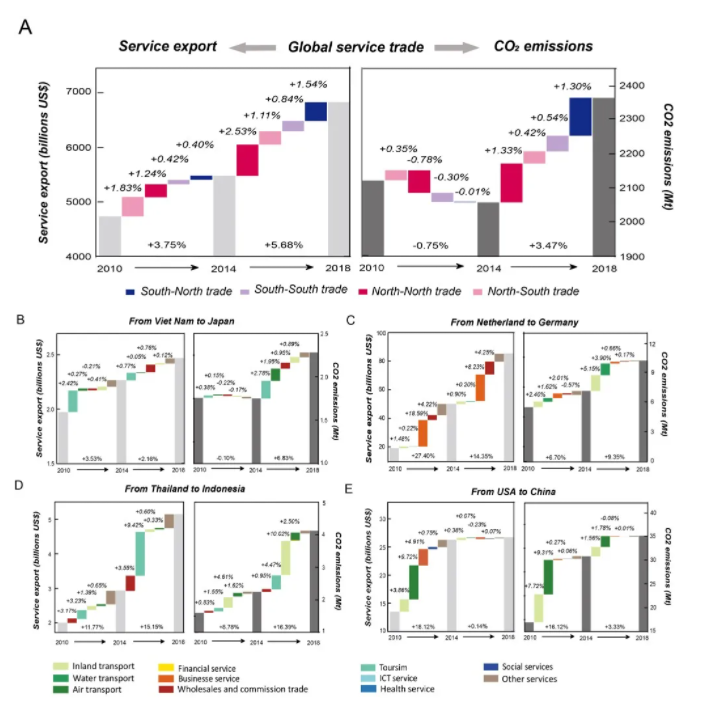The innovation effect of administrative hierarchy on intercity connection: The machine learning of twin cities
JiLuo, YahuaWang, GuangqinLi
-
JiLuo: School of Economics and Management, Shanghai Polytechnic University, Shanghai 201209
-
YahuaWang: School of Public Policy & Management, Tsinghua University, Beijing 100084
-
GuangqinLi:College of International Economics and Trade, Anhui University of Finance and Economics, Bengbu, Anhui 233030
Abstract
Do cities with higher administrative hierarchies always enjoy higher intercity connections? Based on an innovation of twin cities (Chengdu-Chongqing) in China, this paper uses machine learning methods (linear model, support vector machines, neural network and random forest) to predict the innovation effect of a new administrative hierarchy on intercity connections. The key findings indicate the following. (1) The innovation effect of administrative hierarchy on intercity connections is asymmetric in twin cities. (2) For the city with a later-higher administrative hierarchy (LHC, Chongqing in this case), the innovation effect of the administrative hierarchy on intercity connections is initially negative (approximately 10 years for Chongqing) and then becomes positive. (3) For the city with an initially higher administrative hierarchy (IHC, Chengdu in this case), the innovation effect is continually positive. (4) The underlying mechanism of the reverse trend for LHC is due to more financial independence, investment in transportation infrastructure and less transaction cost of market access associated with the new administrative hierarchy, which have an innovative effect after a time lag (approximately 10 years for Chongqing). (5) However, IHC enjoys a continual net-positive innovation effect on the intercity connection due to its first-mover advantage on administrative hierarchy and the diffusion effect of LHC. These findings shed light on practical implications that for intercity connections, the primary concern and dominant strategy of innovation is cooperation with the trickle-down rather than the siphon effect. We should tailor different intercity connection strategies for the separate cities in a twin-city pair. This can provide new contributions to the innovation of intercity connections only if the twin cities see one another politically as “siblings” rather than as a “divorced couple”.
Key Words
Administrative hierarchy; Intercity connection; Innovation effect; Twin cities;
Chengdu-Chongqing








